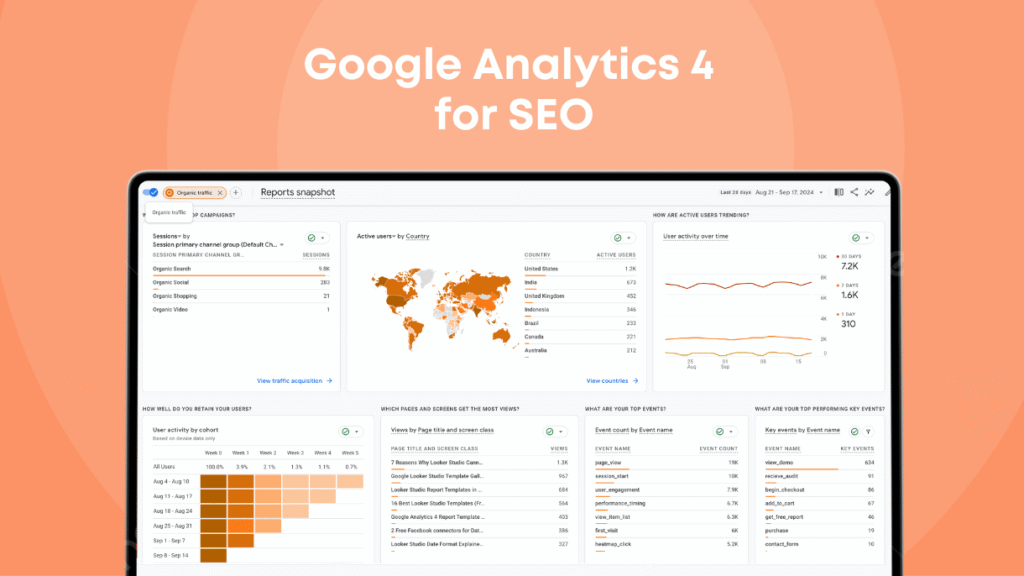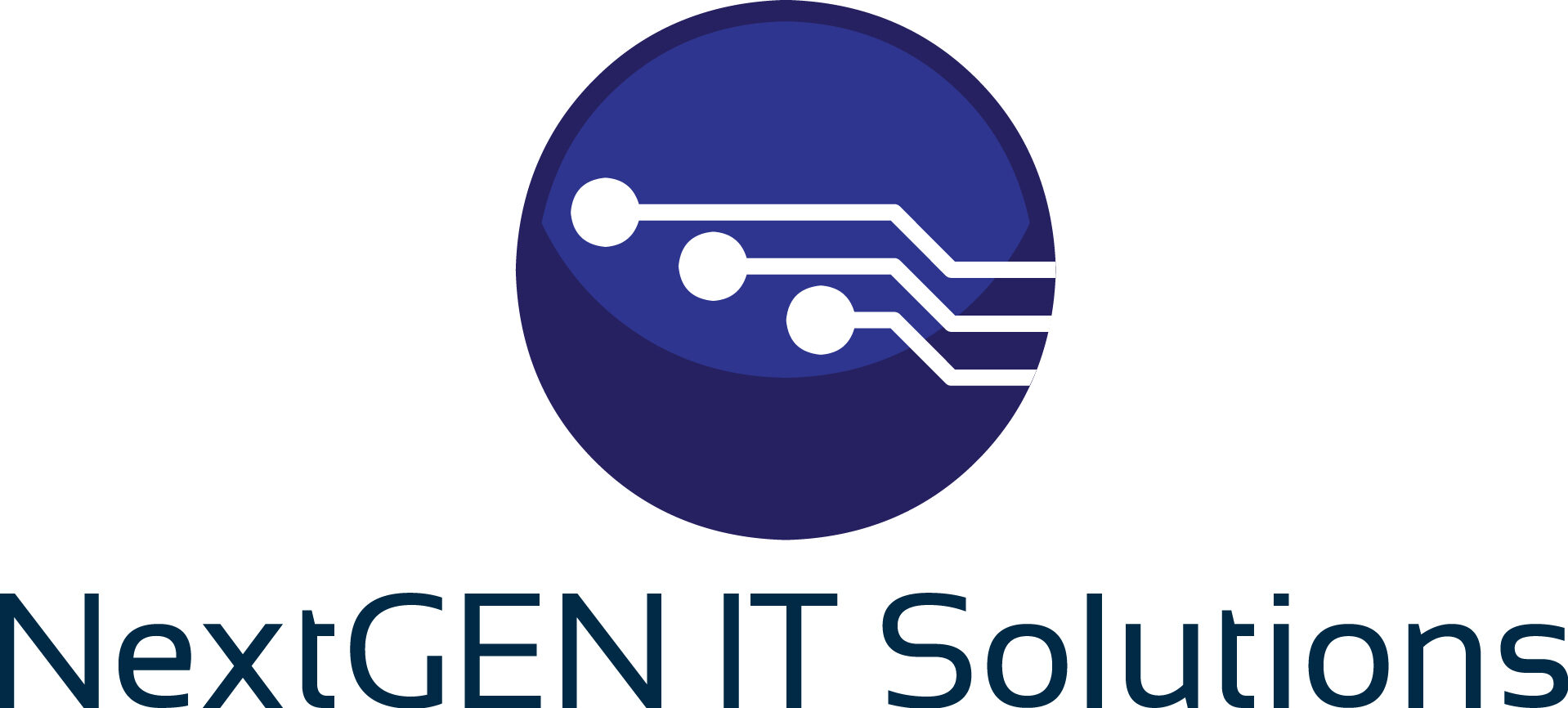How Google Analytics Helps Drive Better Local Marketing Results

What You Can’t Measure, You Can’t Improve
Running digital ads? Posting on social media? Publishing blogs for SEO?
Then you need Google Analytics—not just installed, but understood.
Especially for small businesses focused on local reach, Google Analytics is the backbone of your strategy.
In this post, we’ll show how to use Google Analytics in your local marketing strategy to turn traffic into insight—and insight into leads.
What Is Google Analytics?
Google Analytics (GA4) is a free tool that tracks how users interact with your website.
It tells you:
- Who your visitors are
- How they found you
- What pages they visit
- Where they’re located
- What actions they take (or don’t)
When properly set up, GA4 helps you make smarter decisions across SEO, paid ads, social media, and content—especially when targeting specific cities or service areas.
Why Local Businesses Need Google Analytics
✅ Understand Where Your Local Traffic Comes From
GA4 shows traffic by:
- Source/medium (Google, Facebook, direct, referral)
- Location (city, region)
- Device (mobile vs. desktop)
Want to know if your Erie landing page is getting search traffic—or just clicks from a paid campaign? Google Analytics breaks it down.
✅ See Which Pages Perform in Specific Areas
You can filter traffic by:
- Service area pages (e.g.,
/voip-harrisville) - Blog posts targeting local SEO
- Directory links from Yelp or Google Business
Find what resonates in each region—and replicate it.
✅ Track Conversions by City
Define local goals like:
- Phone calls from mobile
- Form fills from a local service page
- “Click to map” on your contact page
Then review which cities, campaigns, or referral sources actually drive results, not just traffic.
✅ Improve Campaign Targeting
Are you running:
- Facebook ads to Cranberry Township?
- Google Ads targeting Grove City?
- A newsletter promoting your Clarion County services?
Google Analytics tells you what’s working—and what’s burning your budget.
Key Metrics to Monitor for Local Success
📍 Users by Location
Under Reports > Demographics > Location, see:
- Top cities sending traffic
- How users from those cities behave
- If you’re attracting the right local audience
💼 Acquisition Channels
Under Reports > Acquisition > Traffic Acquisition, see how people are finding your business:
- Organic Search (SEO)
- Paid Search (Google Ads)
- Direct (typing your URL)
- Referral (directories, blogs)
- Social (Facebook, LinkedIn)
This helps you invest smarter.
🕒 Engagement Metrics
See:
- Average engagement time
- Bounce rate
- Pages per session
If people from Butler spend 4+ minutes and click 3 pages—but Franklin traffic leaves after 15 seconds—you know where to optimize next.
🎯 Event and Conversion Tracking
Track local goals like:
- Contact form submissions
- Phone call clicks
- Appointment bookings
- Newsletter signups
You’ll learn which traffic converts—and which doesn’t.
How to Set Up Google Analytics for Local Marketing
1. Install GA4 on Your Website
Use Google Tag Manager or place the GA4 code snippet in your site’s header.
Verify installation via the Real-Time Report.
2. Set Up Events and Conversions
Define events like:
- Button clicks
- Form submissions
- Pageviews on local landing pages
Then mark important ones as Conversions to track performance.
3. Link Google Analytics to Google Ads
If you’re running ads, this integration lets you:
- Track ad performance by geography
- See which campaigns drive local traffic
- Optimize for conversion rate, not just impressions
4. Use UTM Parameters for Local Campaigns
Add tracking codes to:
- Email campaigns
- Social posts
- Banner ads
Example:?utm_source=facebook&utm_medium=post&utm_campaign=clarion_wifi_launch
This tells GA4 exactly where traffic came from.
5. Set Up Geographic Audiences
Build audiences based on user location.
Example:
- “Users in Grove City”
- “Visitors to Butler VoIP page”
- “Returning traffic from Erie County”
Use these to retarget or compare performance over time.
Real-World Example: Analytics Driving Local Growth
A Pittsburgh-area MSP launched new service pages for Cranberry Township and Clarion.
They used GA4 to:
- Monitor traffic by city
- Compare organic vs. paid lead quality
- Test new ad copy in different regions
- Identify which blog posts converted best locally
📈 In 3 months:
- Their Cranberry page jumped to the top 3 in local SERPs
- Google Ads ROI increased 42%
- They stopped running ads in two underperforming areas—saving $600/month
All thanks to local insights from Google Analytics.
Mistakes to Avoid
❌ Not installing GA4 correctly
❌ Ignoring local filters and segments
❌ Measuring traffic only—not conversions
❌ Relying solely on averages (city-level data matters)
❌ Forgetting to align events with business goals
Want Help Setting Up and Using Google Analytics?
At NextGEN IT Solutions, we help local businesses:
- Install and configure GA4
- Set up local SEO and conversion tracking
- Link Google Analytics to Google Ads and Search Console
- Build easy-to-read dashboards with local performance metrics
- Optimize based on real data—not guesswork
📞 724-204-1950
🌐 https://nextgen-itsolutions.com/contact
You’re already investing in marketing. Let Google Analytics make it smarter, leaner, and more profitable—especially in your local market.



